9 Iconic Art Deco Lighting Makers Every Collector Should Know
Art Deco lighting brought elegance and geometry together in a way that changed home design forever. These pieces first appeared in the 1920s, blending sleek lines, chrome details, and rich glasswork that reflected the optimism of the era. Unlike other lighting styles, Art Deco fixtures combined luxury with bold shapes that stood out in any room. Their balanced design still feels fresh today, nearly a century later.
This post may contain affiliate links, which helps keep this content free. Please read our disclosure for more info.
Rene Lalique
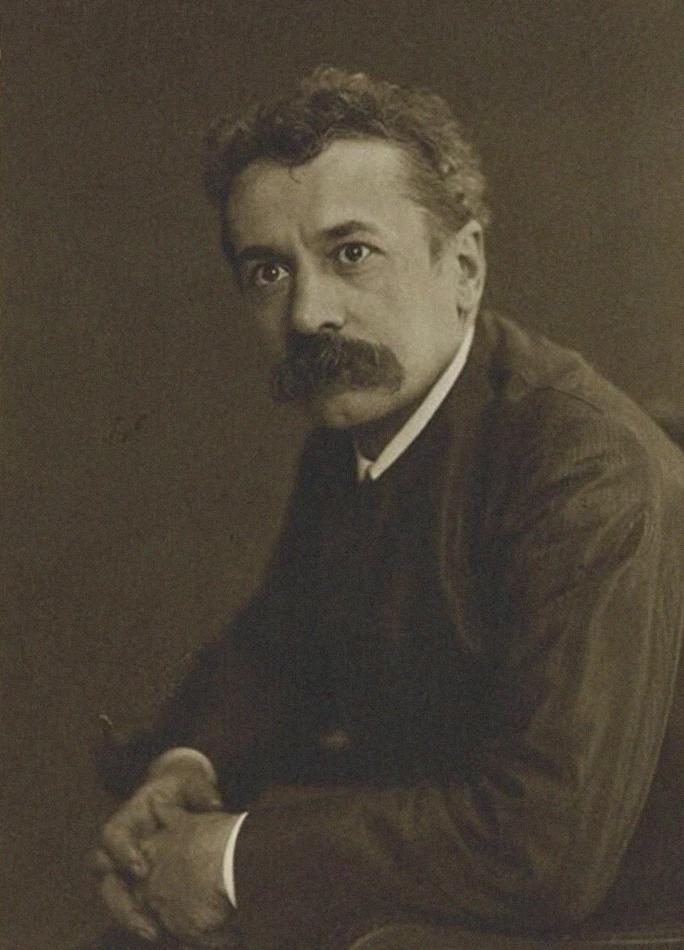
The French glassmaker Rene Lalique began producing Art Deco lighting during the 1920s, crafting luminous chandeliers and sconces with frosted glass and stylized floral motifs. His designs captured light in soft, elegant ways that defined the luxury of the era. Collectors admire how his lighting blends sculptural artistry with functional design. Original Lalique pieces today can range from $3,000 to $50,000, depending on size and detail. Each piece reflects Lalique’s ability to turn glass into something both practical and poetic.
Many collectors view Lalique as the true symbol of Art Deco refinement. His lamps and pendants often feature motifs inspired by nature such as leaves, nudes, or geometric forms. Authentic pieces are signed R. Lalique, a mark that adds to their value and authenticity. These works remain highly collectible and are frequently seen in museum displays. Owning one connects collectors to a golden period of artistic innovation.
Edgar Brandt
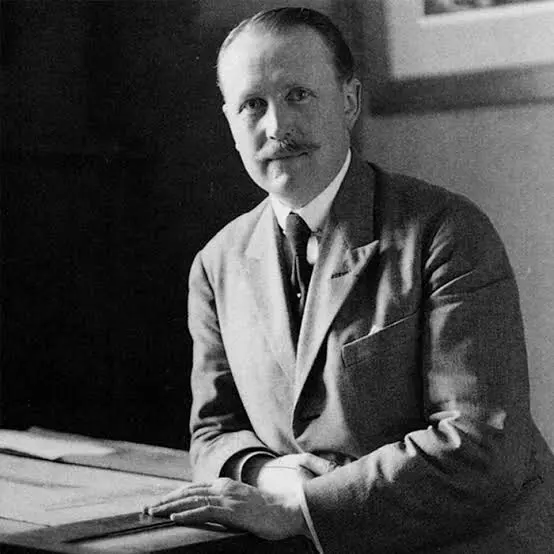
Edgar Brandt, a French metalworker, introduced his Art Deco lighting in the 1920s with remarkable craftsmanship in wrought iron. His pieces often combined metal frames with glass shades from artists like Lalique or Daum. This blend of materials created lighting that looked strong yet elegant. Collectors prize his floor lamps and wall sconces for their balance of structure and artistry. On the current market, they can reach $10,000 to $40,000 depending on rarity.
Brandt’s ironwork reflected the industrial yet decorative spirit of the time. His designs often featured vines, scrolls, and geometric lines that became instantly recognizable. Many of his collaborations resulted in pieces now held in museums and private collections worldwide. Because each work was handcrafted, no two are exactly alike. His legacy lives on through collectors who value craftsmanship rooted in artistic detail.
Marius-Ernest Sabino
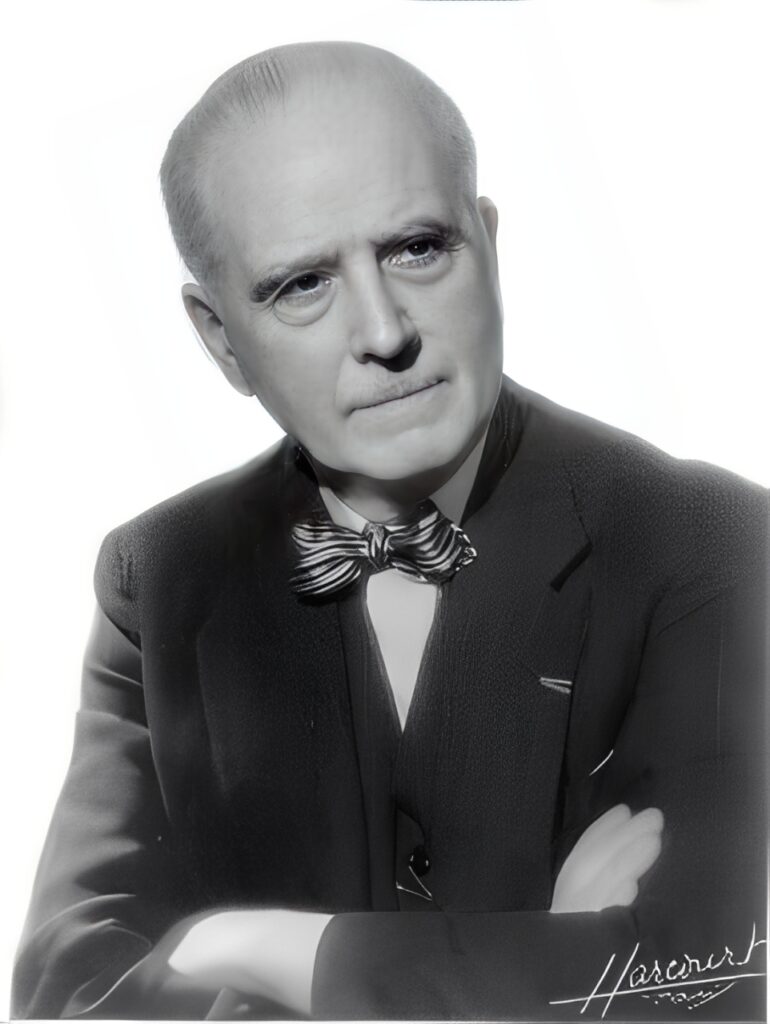
Marius-Ernest Sabino introduced his glass lighting line in Paris during the 1920s, creating luminous designs that combined opalescent glass and sleek shapes. His lamps and pendants often featured figures or patterns that shimmered under light. Collectors admire the soft iridescence and sculptural quality of his work. Depending on the design, Sabino lighting pieces can range from $1,500 to $20,000. The artistry lies in how his glass captures both clarity and color at once.
Sabino’s creations are iconic for their dreamy glow and distinctive fluid forms. Each lamp or chandelier adds a sense of sophistication to any setting. Many were made using innovative glass-blowing techniques developed by Sabino himself. Authentic items usually bear his signature molded into the glass. His legacy continues among collectors who value both beauty and technical mastery in decorative lighting.
Donald Deskey
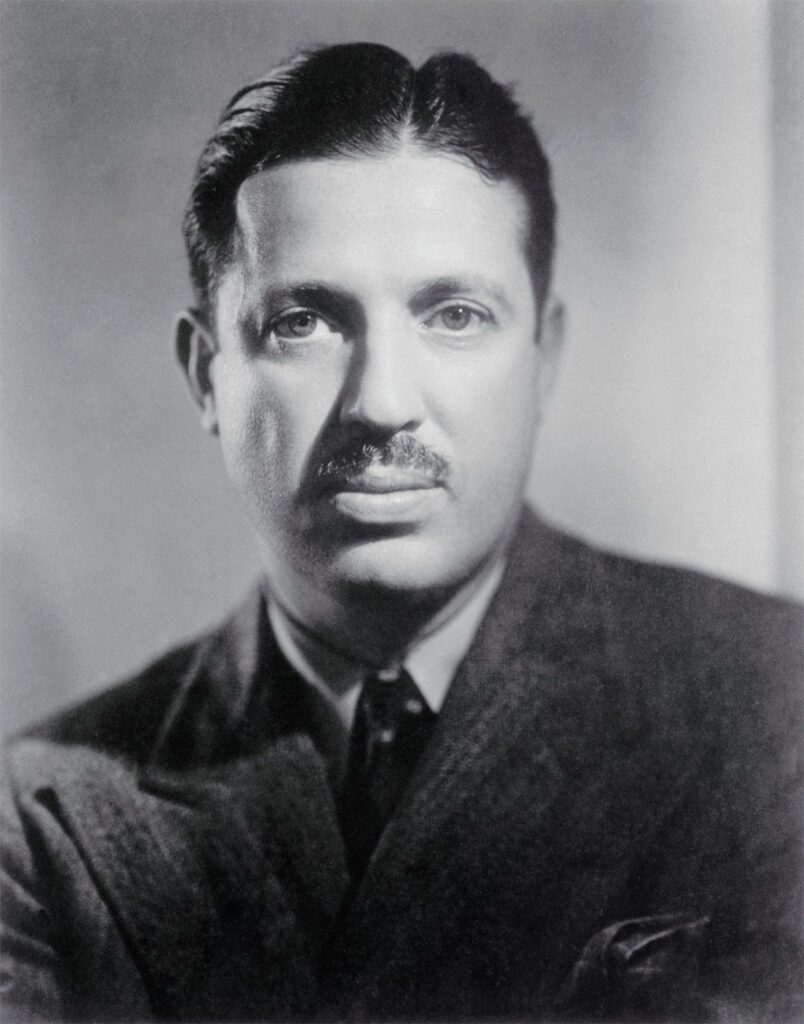
Donald Deskey was an American designer who brought Art Deco lighting into department stores and luxury buildings during the 1930s. His designs combined chrome, lacquer, and glass to achieve a sleek modern look. His lighting fixtures for Radio City Music Hall remain some of the most iconic in the world. Depending on provenance, Deskey’s original pieces can sell for $2,000 to $25,000. Each piece reflects a vision of glamour and function in perfect harmony.
Collectors value Deskey for his contribution to bringing Art Deco design to a wider audience. His work symbolized American innovation at a time of great creative energy. Many of his lighting designs featured symmetrical structures with metallic accents. The originality of his materials and finishes helped define the Art Deco look in architecture and interior design. Owning a Deskey piece connects collectors to one of the great names of early American modernism.
Albert Cheuret
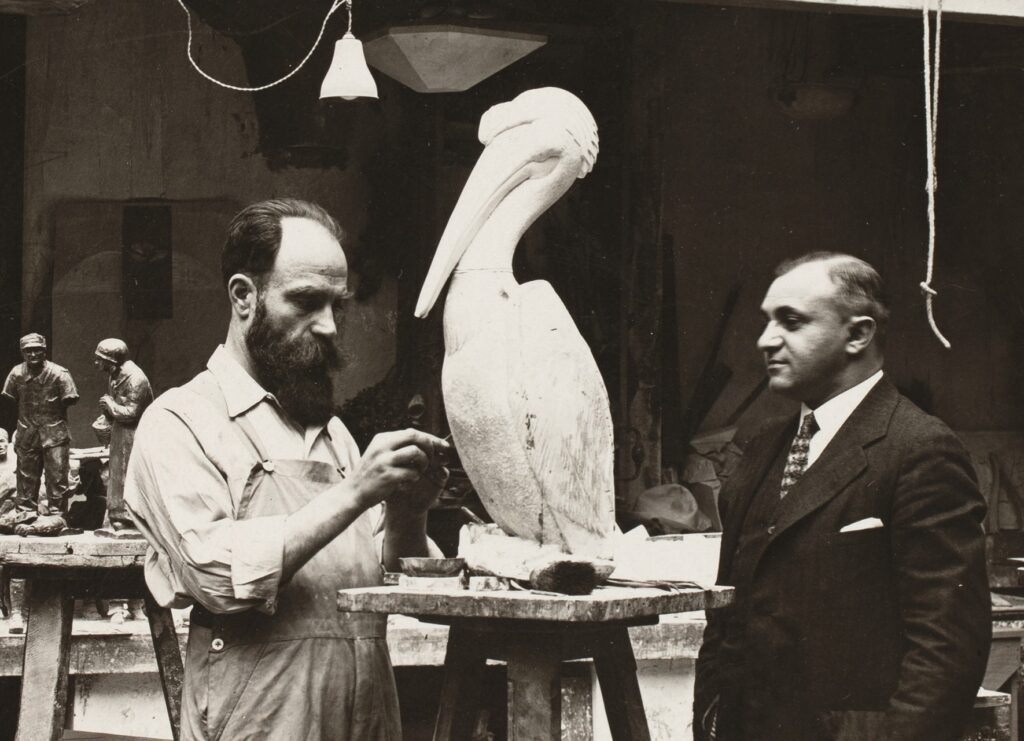
Albert Cheuret worked in Paris during the 1920s and 1930s, creating lighting fixtures that blended sculptural bronze mounts with glass shades. His designs often depicted animals, wings, or nature-inspired motifs. Collectors admire his ability to combine natural themes with sleek Art Deco lines. Depending on detail and provenance, his lamps and sconces can reach $8,000 to $40,000. Each work reflects his training as a sculptor and his eye for balance.
Cheuret’s lighting has a distinct personality that distinguishes it from other makers of the period. His use of bronze gives his pieces a sense of permanence and artistry. Many of his works were custom-made for Parisian interiors and still appear in galleries and museums. Collectors value his creativity and technical excellence. Owning a Cheuret piece means owning a part of Art Deco history at its most refined.
Pierre Chareau
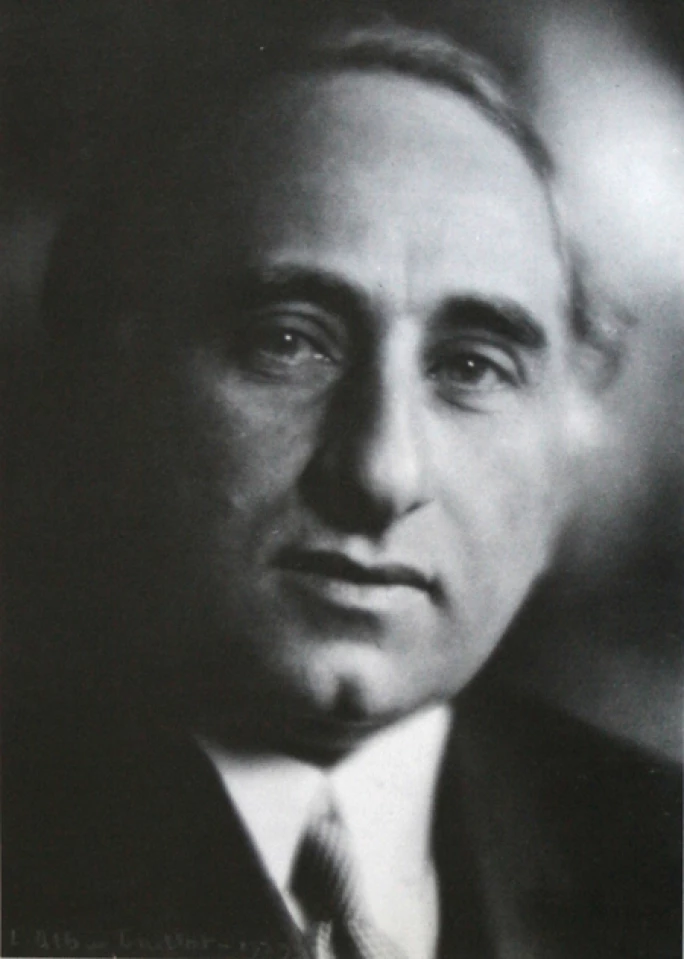
Pierre Chareau was an architect and designer whose lighting became famous for its geometric innovation. Produced mainly during the late 1920s and early 1930s, his lamps featured metal and alabaster elements. Each design emphasized form and light interaction. Original Chareau pieces are rare and can command prices above $50,000 at auctions. His work remains an inspiration for designers studying early modernist principles.
Collectors admire Chareau for his architectural approach to lighting. His creations, such as the Maison de Verre fixtures, demonstrated how light could shape atmosphere. Because originals are scarce, reproductions and museum pieces often serve as educational models. Authentic works are signed and documented through galleries and archives. His designs stand as milestones in Art Deco’s evolution toward modern architecture.
Jacques Adnet
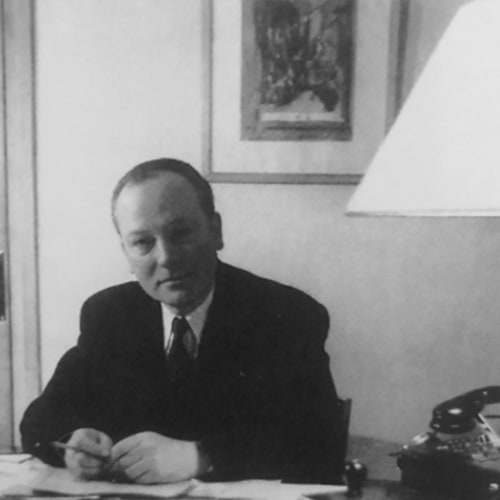
Jacques Adnet was a French designer known for his luxurious leather-covered lighting during the Art Deco period. His lamps featured clean lines with leather accents, paired with metal or glass elements that reflected the period’s stylish sophistication. These pieces are extremely rare and can sell for $5,000 to $25,000 depending on the complexity and design. Adnet’s work in both furniture and lighting established him as a leading figure in French modernist design.
What makes Adnet’s lighting iconic is the integration of craftsmanship and rich materials, particularly the use of leather, which was rare for lighting at the time. His use of color and texture in the shades gave these pieces an exclusive, high-end appeal. Many of his lamps, particularly those with bronze or glass detailing, have been preserved in museums and private collections. His work is often viewed as a fusion of luxury, functionality, and artistic innovation. For collectors, owning a piece of Jacques Adnet’s lighting is owning a piece of Art Deco history.
Baccarat

Baccarat, a luxury French crystal manufacturer, brought its renowned craftsmanship to Art Deco lighting in the 1920s. The company’s chandeliers, sconces, and table lamps became synonymous with opulence and fine design. Known for their crystal and glass creations, Baccarat lighting can range from $5,000 to $100,000, with rare pieces commanding the highest prices. Baccarat’s signature crystal brings an unmatched clarity and brilliance to lighting, making it a favorite in high-end homes.
Baccarat’s Art Deco lighting pieces are recognized for their elegance, precision, and intricate detailing. Their crystal chandeliers, in particular, are famed for the way light dances off the multifaceted surfaces, creating dazzling displays. Many of Baccarat’s Art Deco pieces feature geometric patterns or stylized forms that reflect the era’s fascination with symmetry. Their craftsmanship continues to set the standard for luxury lighting, and owning a Baccarat piece is a symbol of sophistication. Collectors appreciate both the company’s history and its continued relevance in contemporary design.
Jacques Grange
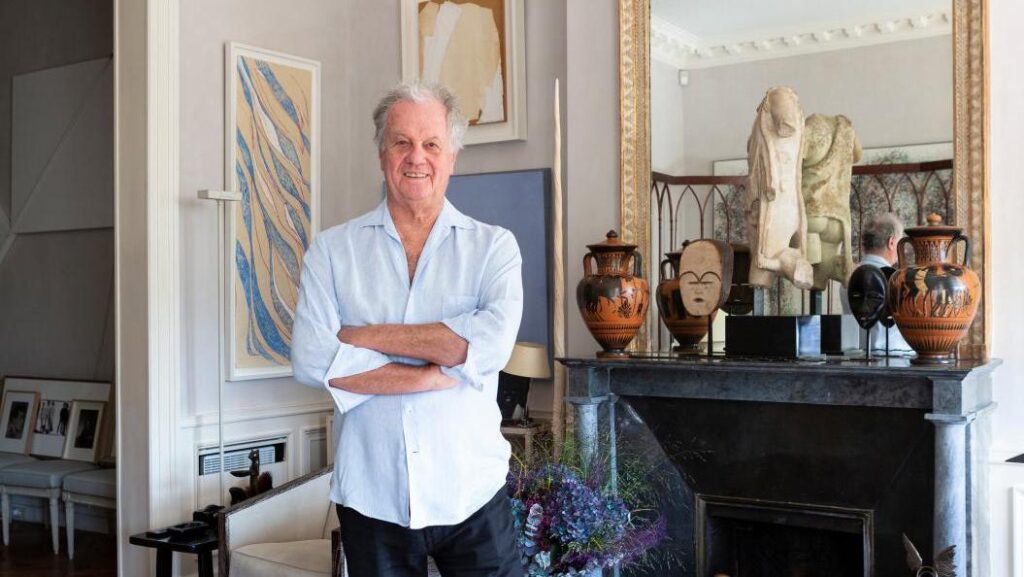
Jacques Grange, a French designer known for his work in the 20th century, brought Art Deco flair to modern interiors through his unique approach to lighting. His designs often incorporated luxurious materials like gold, bronze, and crystal in innovative ways. Many of Grange’s fixtures are priced between $5,000 and $30,000, depending on the intricacy of the design and its provenance. Grange’s bold, yet elegant pieces captured the essence of Art Deco’s sophisticated luxury.
Grange’s lighting was frequently used in high-profile interiors, including famous French homes and museums. His works were characterized by their fluid, yet geometric designs, with clean lines and opulent finishes. The combination of function and art in his lighting fixtures made them stand out during the Art Deco period. Many of his pieces featured striking contrasts between solid metals and delicate glass or crystal accents. For collectors, owning a Grange fixture is like owning a piece of Art Deco history mixed with modern elegance.
This article originally appeared on Avocadu.
